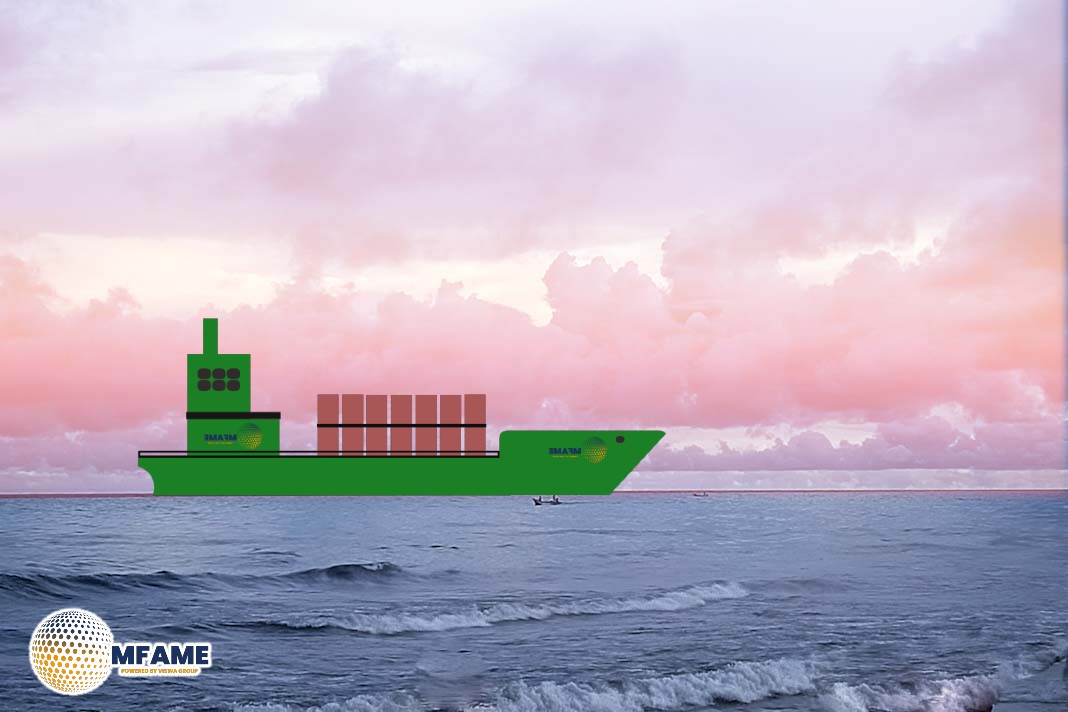- Ships avoiding the Bab-al-Mandab now rely on South Africa for procurement, where costs are higher.
- Global ship operating costs rose 5.4%-5.5% in 2024 due to prior delays in maintenance and rising shipbuilding prices.
- Supply chain disruptions and regulations could push costs even higher.
The Red Sea crisis has undoubtedly impacted global shipping, but it is not the only factor behind rising ship operating costs. A broader trend of increasing procurement expenses, supply chain bottlenecks, and delayed maintenance has led to significant cost escalations across vessel types, reports Drewry.
Cape of Good Hope Re-Routing Increases Procurement Costs
Ships that previously sourced supplies at the Port of Suez must now rely on South African ports, where procurement costs are often higher.
However, this shift alone does not account for the full rise in operating costs.
Post-Pandemic Maintenance Boom Driving Costs Up
A period of cost stagnation due to deferred maintenance has led to a natural rebound in expenses.
The sharp cost increases seen in 2021-22 have not reversed significantly, and in some cases, prices are rising again due to high demand in the shipbuilding sector.
Geopolitical Risks and Regulations Could Push Costs Even Higher
Beyond rerouting challenges, geopolitical uncertainties and regulatory changes could further inflate ship operating costs.
Supply chain constraints remain a key risk, with the potential for more price hikes across maintenance, repairs, and procurement.
Did you subscribe to our daily Newsletter?
It’s Free Click here to Subscribe!
Source: Drewry

























